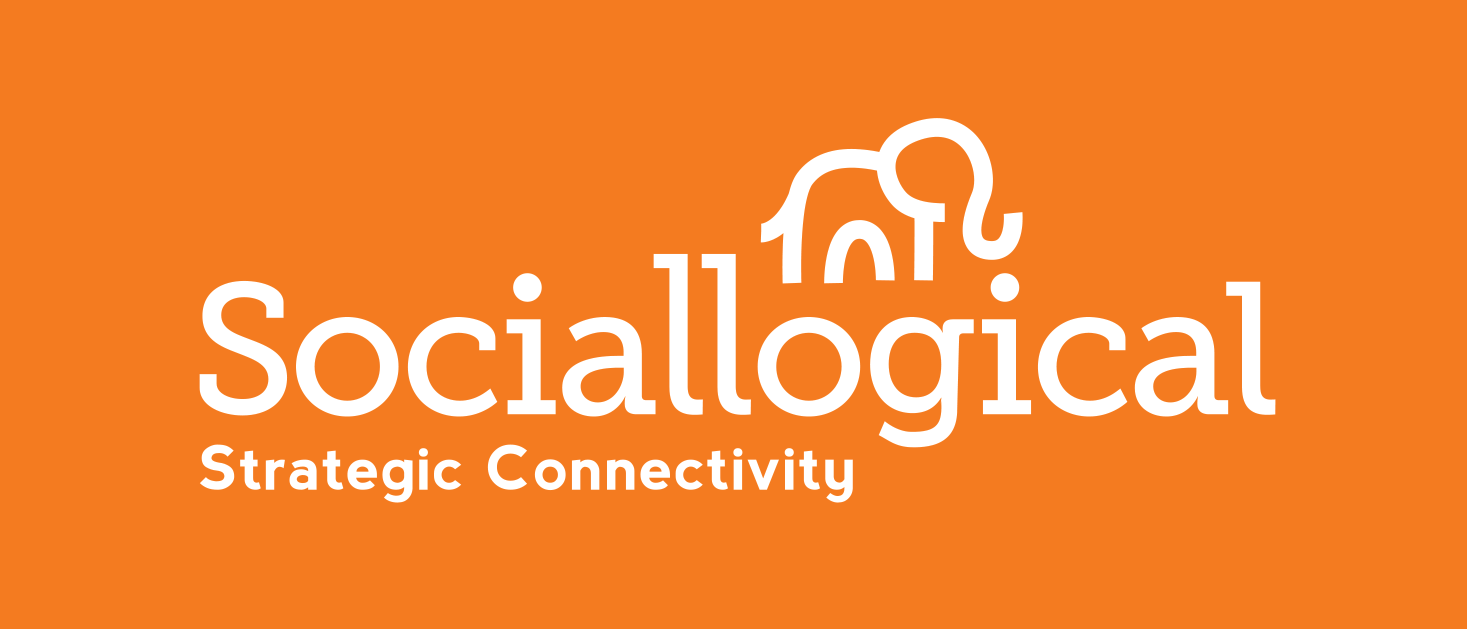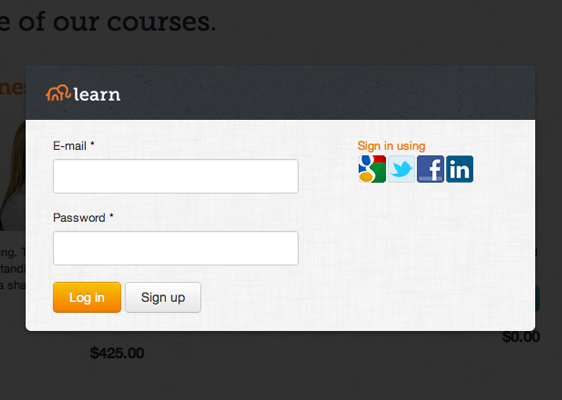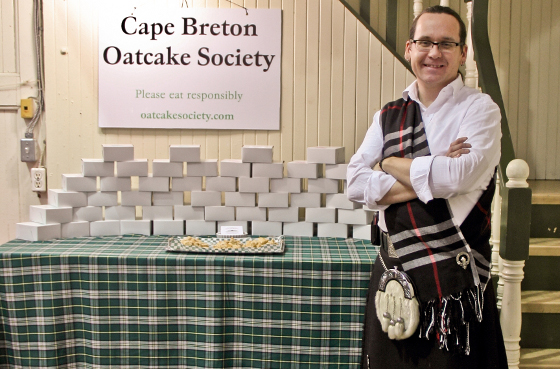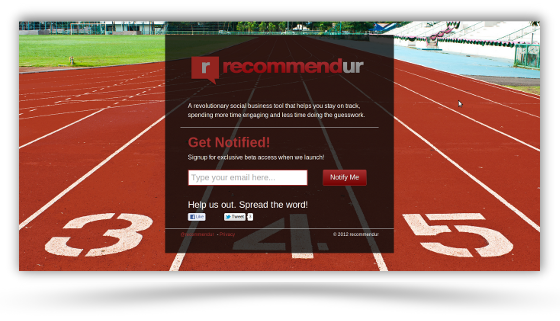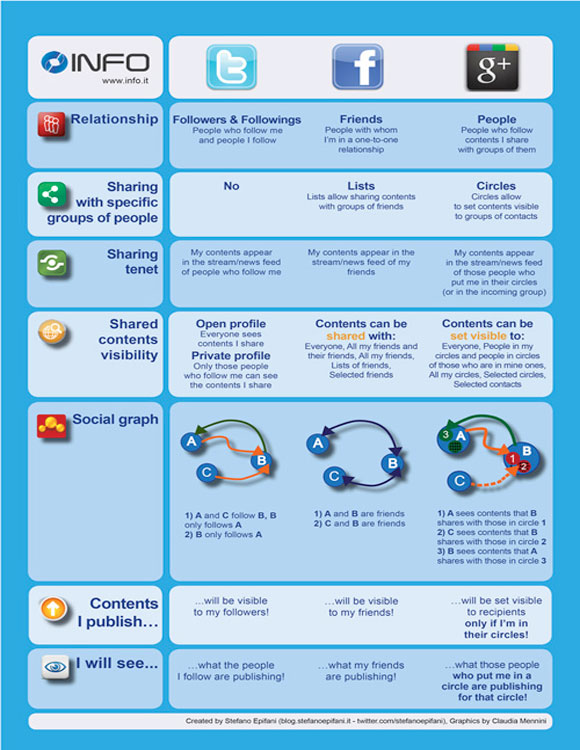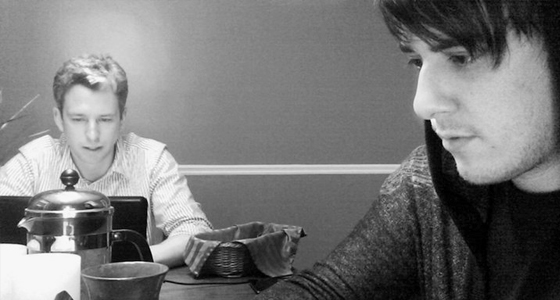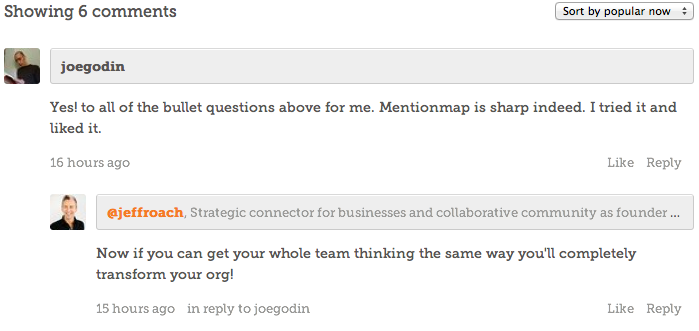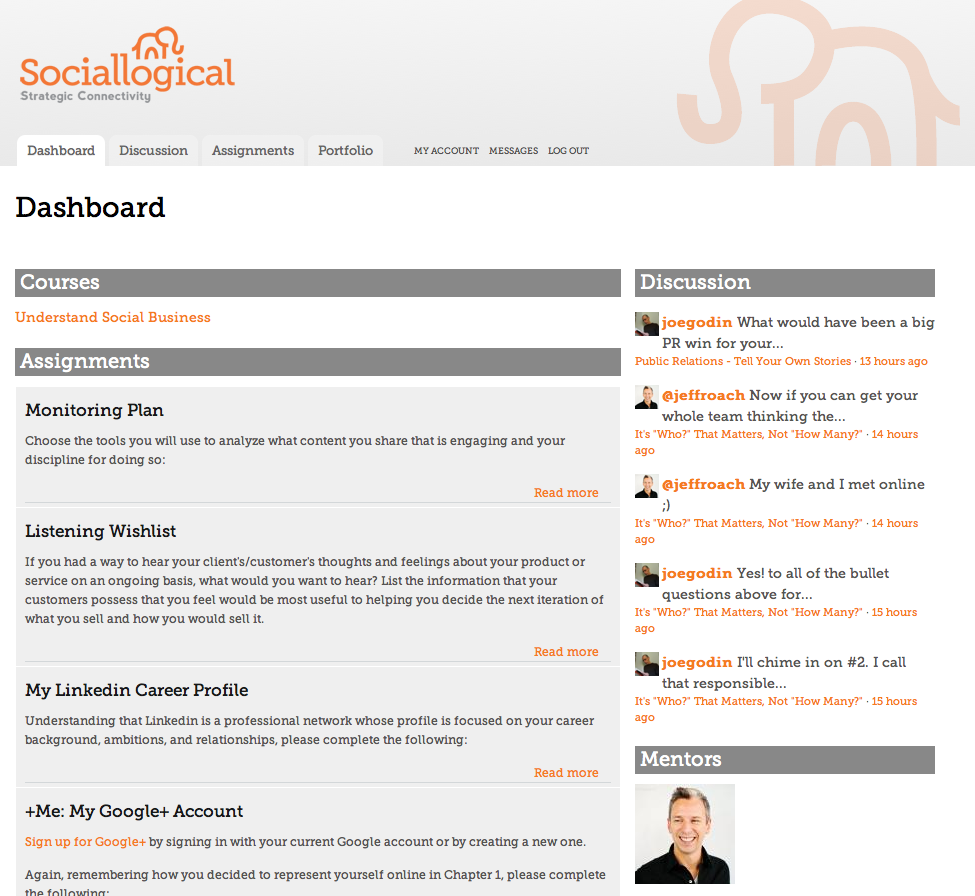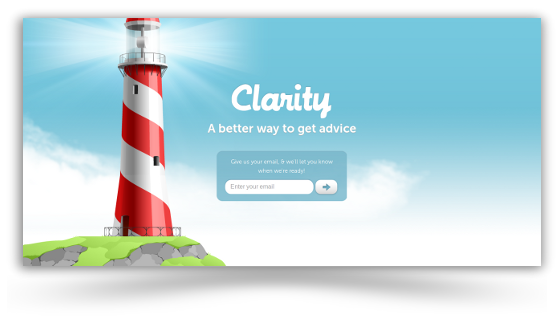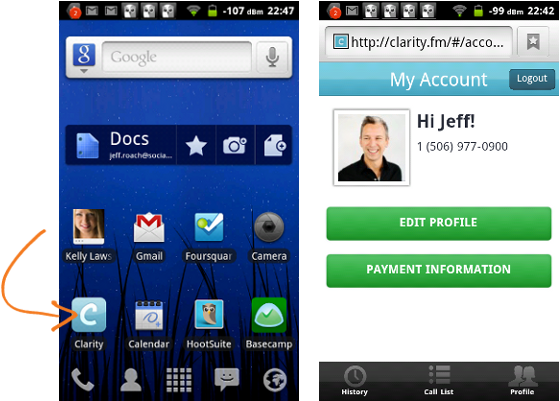 The best way to get into Google+ is to get into the habit of sharing everything.
The best way to get into Google+ is to get into the habit of sharing everything.
For a long time I have advised clients and friends to spend more time listening online and worry less about what to share. By listening we can find conversations to start or jump into and truly enjoy social interactions.
So my advice to become a sharing fiend to really get into Google+ may sound contradictory but I think it is the best way to let yourself get sucked in and appreciate what this powerful network has to offer.
Share Because You Can
Whenever we come across something we like online we don't react to it by sharing all of it because we know (or should know) that we'll drive our friends and followers crazy if we do. Most social networks are giant soapboxes through which everyone we're connected to can see everything we share. Sure, Facebook offers other sharing options but they are not intuitive and rarely used.
With Google+ nothing gets shared at all without first selecting one or more circles to share them with. If you want to share something with everyone, it's as simple as selecting the Public circle and sharing.
But here's the difference: when I snap a photo of my kids doing something cute my thought doesn't jump to sharing it because I consider that to be private and personal. Unless there was a way to just share it with my immediate family or close friends, which there is with Google+.
So now, for me, I just share everything and select the right groups to share each thing with. Google+ makes it easy to make that choice and when I use the smartphone app it uploads everything I create automatically so I just need to select who to share it with and I'm done.
Sharing Leads To Engagement
While over sharing leads to disengagement on most networks, on Google+ it leads to more engagement because not everyone is going to see everything you share. You may still only share the same number of things with everyone that you do on Facebook, but you may share so much more with your hiking circle, your curling team circle, your jogging buddies, your family, or whatever other circles you've created. And if you are thoughtful with how you curate your circles they will rarely overlap.
The result is that you'll have content that others will see, comment on, share and +1 that will pull you into the network naturally, just like on Facebook and Twitter.
So have fun sharing. It's what the network was built for and once you get into it you'll find it more natural than you expected. Maybe in time you will back off a bit, but to really get into it, let yourself loose with sharing for a while and get in the habit of choosing which content is right for each circle of relationships. For me, it has resulted in Google+ becoming my favourite online social channel. I don't even email my wife any more when I find something interesting, I just hit the +1 button, and enter her name.
If you're staying away from Google+ because "no one is there", be one of the first ones who is. What else is keeping you from jumping in?
